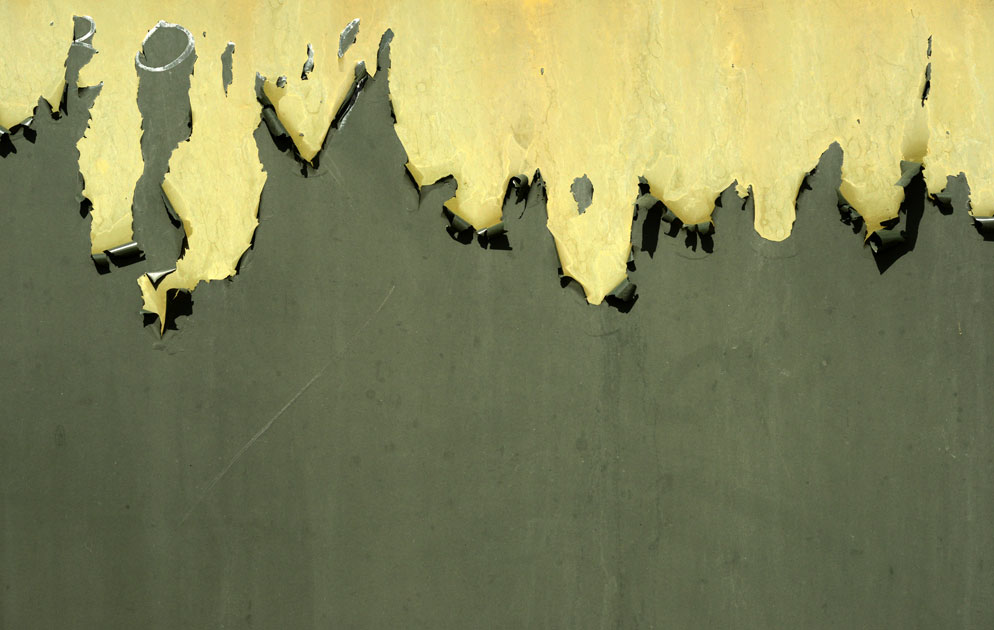For Images with Impact, Consider the Positive Role of Negative Space
Negative space is a vital element in art, photography, graphic design, architecture, even home décor and landscaping. In photography it can be broadly defined as the space around the subject of the composition. That space can be colorful or neutral, graphically bold or understated; used well, it complements the subject, often framing it and drawing a viewer's attention. How you choose to use it can make a huge difference in the power of your images.
We talked recently with editorial, advertising, commercial and fine-art photographer Randy Ziegler, whose accompanying photographs illustrate various forms and uses of negative space. "Negative apace can have texture, color, dimension, shape and, obviously, graphic strength," Randy says, "and as a compositional tool we should always be aware of it and how we want to use it. It's an especially good tool for beginners looking to quickly improve their photos."
At the start of his career, Randy was unaware of the concept of negative space, and had he known about it, he'd probably have ignored it. "I was working as a newspaper photographer," he says, "and my editor had a mantra for all the photographers at the paper: 'Get in close and fill the frame with the subject.' But after a while I began to feel that my images needed something to make them more interesting and compelling. While I was satisfying the paper's needs, I wasn't satisfying my own."
I see elements come together in the frame, and either I'm naturally using negative space or I'm aware of the choices I have in using it.
He began to experiment with composition. "I started moving back a little bit, leaving a little more of what I called breathing room." That "breathing room" was in fact negative space. "It was a complementary element that added an aspect of design that was very powerful in and of itself."
Eventually his creative use of negative space became part of his photography. "I see elements come together in the frame, and either I'm naturally using negative space or I'm aware of the choices I have in using it. It's always an element of my compositions, and I always think about how it balances and complements the subject."
Composing with negative space in mind can involve framing, in-camera cropping, vantage point, high- or low-angle views or lens choice. Randy's favorite walkabout lens is the AF-S NIKKOR 70-200mm f/4G ED VR. "I love the fact that it forces me to frame a little tighter," he says. "That doesn't mean I'm not including more negative space, it's just that I'm getting rid of whatever's extraneous or distracting. I do my composing with my feet as well as my lens; I'll make a focal length choice, then move to make the final adjustment."
Finding the subject is often the easier part of the picture-taking process. What can make the difference in the strength of your images is awareness of what the negative space in the frame can do for that subject.






